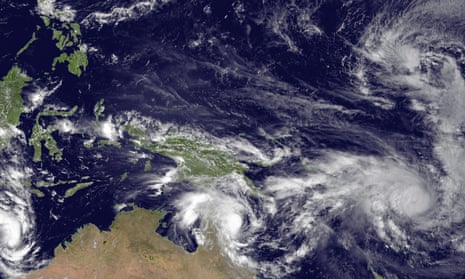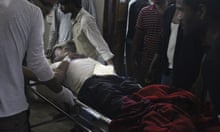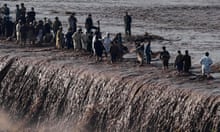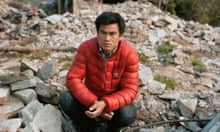Vanuatu is the riskiest country to live in, with natural disasters on average affecting more than a third of the population each year, according to the World Risk Report 2015.
Countries are ranked using the world risk index, which takes into account not only the frequency of natural disasters in each country (known as exposure) but also how well equipped the country is to cope with and recover from the effects of a disaster.
The index takes into account many factors, analysing data on public infrastructure, housing quality, medical services, education level and more.
More than one-third of Vanuatu’s population at risk every year
As a small Pacific island nation with a population of only 260,000 people, a disaster risk of 36.72% places almost 95,000 people at risk from natural disasters each year.
In 2015 Vanuatu was hit by an earthquake, volcanic eruption and Cyclone Pam in the space of a few weeks, but it’s not just the frequency of disasters that causes problems for the tiny nation. Unlike in larger countries such as the Philippines, a single storm can cause widespread destruction, including in the capital, Port Vila, meaning relief efforts have to be spread across the entire country. Cyclone Pam left 75,000 people in need of emergency shelter and destroyed 96% of food crops.
If you want to be safe from natural disasters, move to Qatar
With no reported disasters in EM-DAT, a database of more than 11,000 disasters since 1900, Qatar has the lowest disaster risk of any country, at only 0.08%. It enjoys this status mostly because of its location away from the disaster hotspots in Oceania, south-east Asia and Central America.
Japan invests heavily in disaster risk reduction
Japan is the only developed country with a disaster risk of more than 10%, due to its extreme exposure to natural disasters, which is the fourth highest in the world. Japan’s high level of development and recent investments in risk reduction reduce its likelihood of being badly affected by its frequent disasters, moving its overall risk down to 17th in the world.
Despite this, even countries that perform relatively well at coping with disasters can struggle when an incomprehensible mix of events strike at once, as happened with Japan in 2011 when a 9.0 magnitude earthquake triggered a tsunami and subsequent nuclear meltdown, leading to more than 15,000 deaths.
Many islands are high risk, but not all
Of the top 15 riskiest countries, eight are island nations, including Vanuatu, Tonga and the Philippines in the top three. Their high disaster risk is principally due to their exposure to flooding, cyclones and sea level rise, and even though many compare favourably in terms of social factors, they are not yet sufficiently developed to reduce overall risk.
There are exceptions, with Barbados placing 168th of the 171 countries included in the index*, with a disaster risk of only 1.22%. The Seychelles and Cyprus also have low disaster risks of 2.56% and 2.76% respectively.
Africa is at risk, especially from droughts
Parts of eastern and southern Africa are gripped by one of the strongest El Niño events ever recorded, causing widespread drought and food shortages that have left more than 36 million people facing hunger.
Droughts in Africa affect more people than any other type of disaster. According to PreventionWeb, droughts affected more than 250 million people in the continent between 1980 and 2008, with Kenya’s 1999 drought alone affecting more than 23 million people.
Only 11% of sub-Saharan African countries are classed as low or very low risk; much lower than the European rate of seven in 10 countries, and Latin America and the Caribbean, where about 29% of countries are at low risk from natural disasters.
The index is ‘not a crystal ball’ – as Nepal showed
The 7.8 magnitude earthquake that struck Nepal last April is a strong reminder that, as the report states, “the world risk index is not a crystal ball”. Despite Nepal’s low geographical exposure to natural disasters (138th in the world), the earthquake killed more than 8,800 people and caused $5.17bn of economic damage.
Other countries are excluded from the world risk index due to lack of data. The index takes into account floods, droughts, storms, earthquakes and sea level rise.








